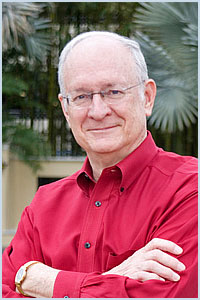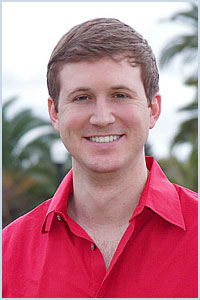
We know the rumors going around – mostly among young people – that once you swallow a piece of chewing gum it will stake a claim and take up residency in your stomach for at least seven years! We really hate to take all the fun out of the mystery, but the truth is that chewing gum, when swallowed, will enter the stomach and move through the digestive system just like any other piece of food and leave the body long before seven years! So, if you ever have accidentally swallowed a piece of gum, there is no need to worry!
This being said, gum does not have any dietary benefits, so while it’s not harmful to swallow, you still want to avoid swallowing it. If you are a gum-chewer, make sure you chew sugarless gum, because gum with sugar can lead to cavities. Sugarless gum still has the same amount of flavor, but with less cavity causing ingredients. You see, when the bacterium in your mouth breaks down sugar, what’s left behind is acid. This acid eats away at the enamel coating of your teeth, causing holes that we call cavities. Cavities can lead to other long term mouth problems if they are not treated in time, so it is best to try and avoid overexposing your teeth to too many harmful substances!
--From Dr. Keith Hilliard











